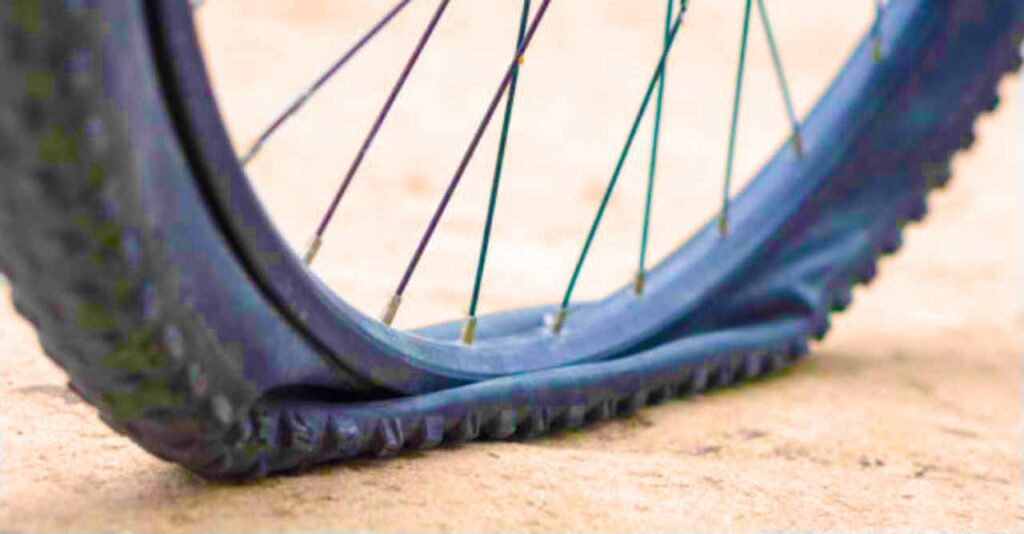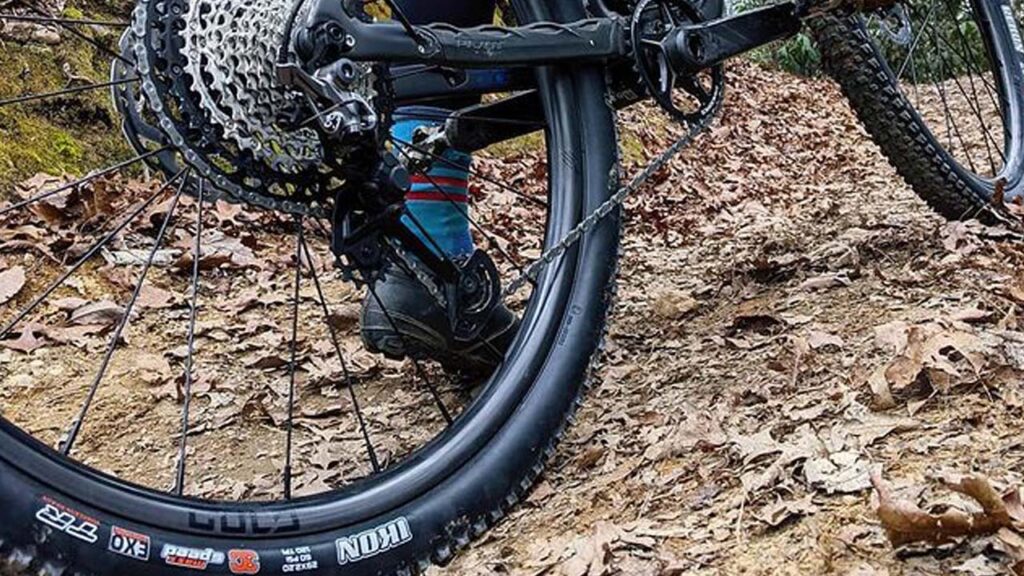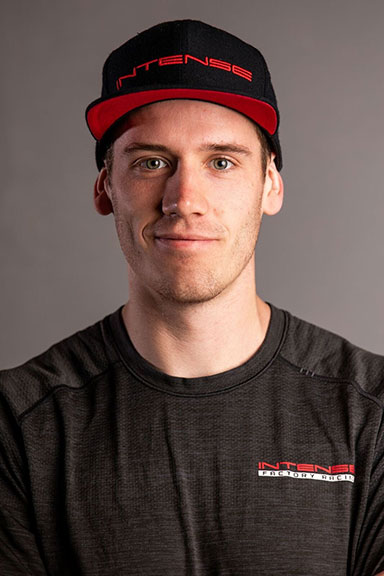Tubeless is the future.
We work with a group of talented professional riders and world-class mechanics. We draw from their years of experience in the cycling industry and their knowledge of equipment and wheels. They have worked and ridden on almost every tire and wheel combination possible, and their feedback and other industry leaders were critical factors in designing our wheels to go tubeless-ready.
What is a tubeless tire?
Unlike a traditional tire setup with an inner tube, a tubeless tire does not have an inner tube. Instead, it uses a different tire casing design which is air-tight and when combined with tire sealant (a latex-based liquid) to seal any small gaps/leaks when seating the tire.

What are the advantages of going tubeless?
- Fewer Flats
- Creates a better ride quality
- Less Resistance, more grip/traction

Reduces flats.
Conventional clincher/tube setup is susceptible to puncture from every thorn, pothole, or sharp object you encounter. Once a hole or tear occurs in the tube, it has no way of sealing itself and containing the air resulting in the dreaded flat tire.
The latex-based sealant used with a tubeless setup automatically seals most small punctures or tears, resulting in little or no downtime. This setup also helps to eliminate Pinch or snake bite flats.
A tubeless tire system aims to make the issue of flats a thing of the past. Tubeless is not a 100% guarantee against flats as the sealant within can only seal holes up to 1/4inch. (for larger tears and holes, you would need plugs and strips, but that’s for another article!) When a puncture occurs, the sealant spreads to that area and coats the puncture to prevent air from seeping out. The particles in the sealant provide the surface area for the latex to harden and seal, hopefully before you even notice a puncture occurred.

Better Ride, more grip. What is there to lose!
Running a tubeless setup helps riders capitalize on the ride quality that wheels and tires can offer. It allows for a lower tire pressure which comes with many positives.
First, in our opinion, GRIP is the most significant benefit of going tubeless. With the ability to run lower pressures comes a greater contact patch between tire and ground; this goes for all disciplines of cyclings. More grip provides us with more confidence while descending and cornering.
The next advantage of those lower pressures is that it lessens the vibration and increases the absorption of energy transmitted from the surface you are riding. The tire absorbs the shock easier by being able to deform more efficiently as it encounters objects.
For example, riding on a gravel surface using our GGA 38 Gulo gravel wheel with a 42cc tire and 70psi tire pressure would be a rough ride due to the high pressure not allowing deformation of the tire and a small patch in contact with the road. But the same setup run at 40psi tire pressure provides a drastically different ride as the tire is allowed to conform to the riding surface absorbing the vibration rather than skating, deflecting, and bouncing around on the surface.
Terms
Tubeless setup – A sealed system allowing you to run your wheels without inner tubes
Tire sealant – Tubeless sealant seals small punctures in a tubeless system. It also coats the inside of the tire and seals the tire bead/rim interface to prevent air loss.
Tubeless valves – Are essential for your tubeless setup. They are installed through the rim’s valve hole and secured by a threaded lock-nut.
Tubeless rim tape – Rim tape plays a vital role in a tubeless system and ensures the rim bed is sealed, preventing air loss through the spoke holes.
Tubeless-ready – A term signifying that a product has been designed to work with or without tubes and is ready for a tubeless conversion.
Tire bead – The tire bead is the edge of the tire that sits on the rim and seals the tire to the rim in a tubeless system.
Tire casing – The backbone of every tire. It gives the tire its shape and structure and significantly influences cornering stability, puncture protection, and weight.
The Pros opinion….

Photo By Connor Mah
John Murphy
Tubeless could possibly be one of the most coveted developments in the sport of cycling over the last 20 years. The dreaded pinch flat is a thing of the past. I will go as far as to saying most mountain bikers won’t even take their bike out on a trail without having it set up tubeless. Tubeless is the clear winner for gravel or mountain biking. While most road riders still haven’t fully adopted tubeless tech(especially on the elite racing side), the casual weekend warrior would benefit greatly from the tubeless benefits. Personally, I don’t run tubes on any of my bikes. Once you get used to getting your tires sealed with tubeless, it’s my opinion that you will never go back to standard tubes.
Sam Yates
I think tubeless is a great way to go for anyone. The cost and difficulty of setup are a little more than when compared with setting up a wheel with a conventional tubed wheel. But it is well worth it, and the challenge should not put anyone off. You have to remember to top up and check your sealant every 3-4 months. Check tire pressure; you’ll be surprised how many times they seal small holes without realizing it! But you lose a little air each time, so be sure to do a pre-ride check.



